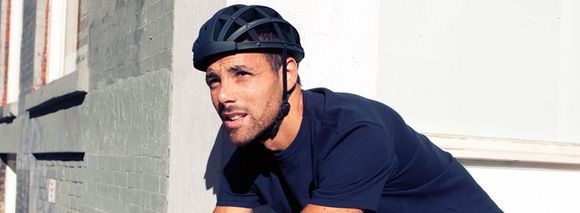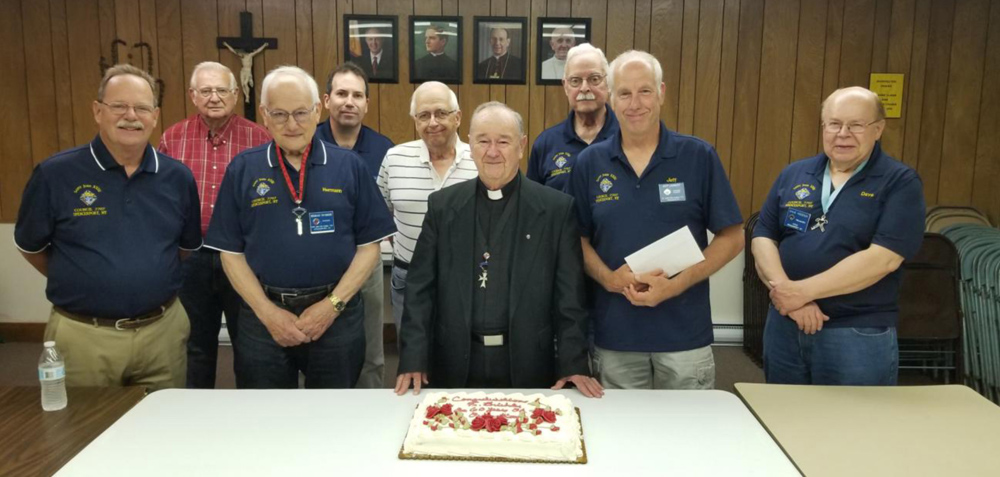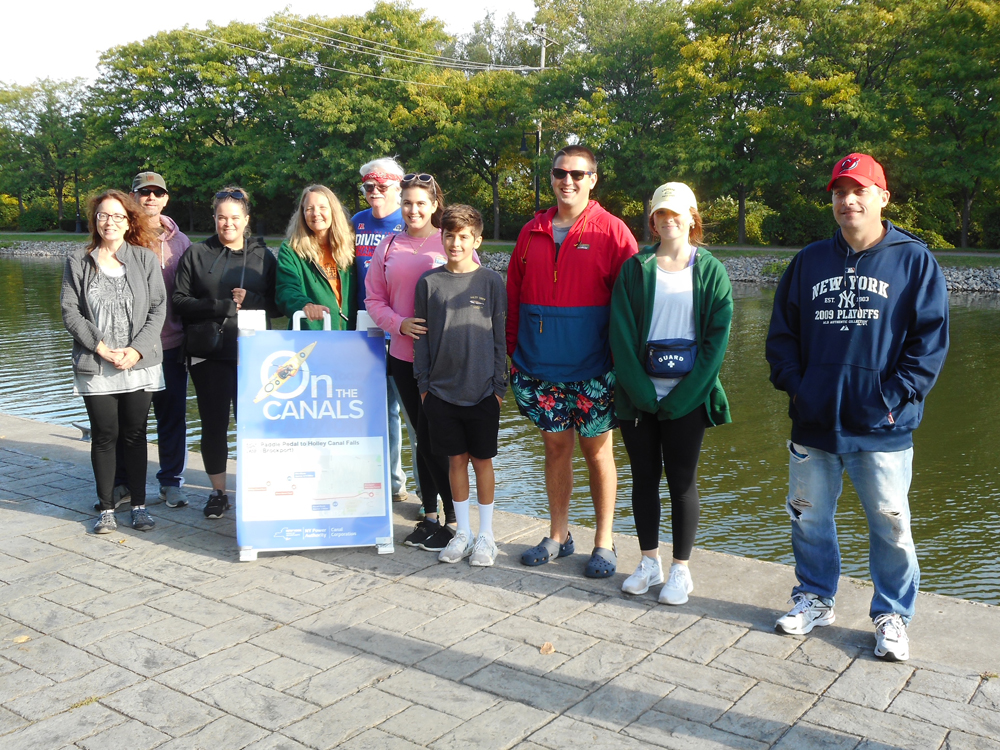Bike helmets important for riders of all ages

A new CDC report revealed that bicycle-related deaths nationally increased between 2009 and 2018, primarily among adults. Males were three times more likely than females to end up in the hospital with traumatic brain injuries.
In New York in 2019, there were more than 6,000 bicycle crashes and 49 fatalities. In more than half of these crashes, the bicyclist was not wearing a helmet. Twenty-nine of those bicyclists who were killed were not wearing proper headgear.
“Helmets are not just important safety gear for young riders,” said New York Secretary of State Rossana Rosado. “Adults are just as likely to be involved in a crash while riding and are less likely to wear a helmet, resulting in serious injury. I urge all New Yorkers to be smart when riding and wear a helmet.”
The Governor’s Traffic Safety Committee Chair and DMV Commissioner Mark J.F. Schroeder said, “When it comes to safety, wearing a properly fitting bike helmet is just as important as buckling up in a motor vehicle. Helmets are crucial in helping to lower the risk of injury to your head. I remind motorists and cyclists to share the road responsibly.”
Tips for choosing the right helmet:
•Pair the activity to the helmet. Different activities can result in different impact to your head. Use a helmet that fits the activity, so if an accident occurs, you are better protected.
•Read the directions. With helmets, it’s important to follow the manufacturer’s instructions. Every helmet can fit and operate differently.
•Make sure it fits. The Consumer Product Safety Commission (CPSC) advises bike helmets should have a snug but comfortable fit on the rider’s head.
•Buckle up. A helmet only works when it is worn properly for the duration of an activity. Make sure your helmet has a chin strap and buckle that lays flat and stays fastened. Wear your helmet level on your forehead, not tilted back.
•Conform to regulations. The CPSC oversees helmets for many activities, including bikes. For instance, bicycle helmets must confirm to five separate standards. When buying a bike helmet, look for the label that reads: “Complies with U.S. CPSC Safety Standards for Bicycle Helmet.”
•After a crash or injury, replace. Once a helmet protects a person from a fall, it should no longer be used. Any damage to a helmet can reduce its effectiveness. Replace it before the next ride.
More details and tips from the CPSC can be found at https://www.cpsc.gov/safety-education/safety-guides/sports-fitness-and-recreation-bicycles/which-helmet-which-activity.
Provided information





